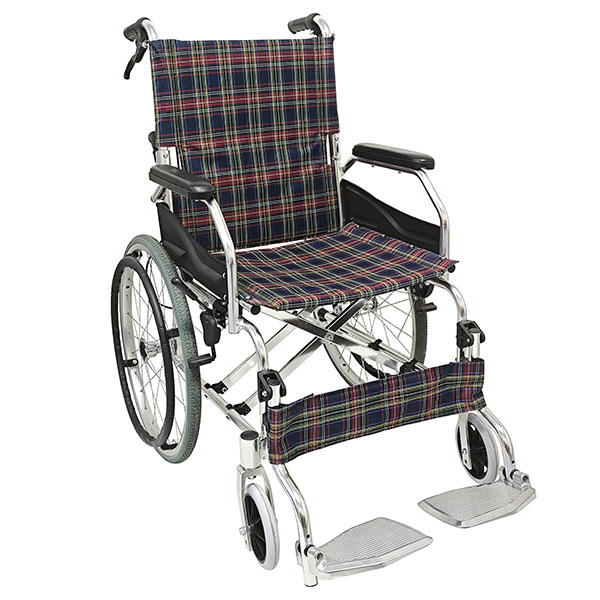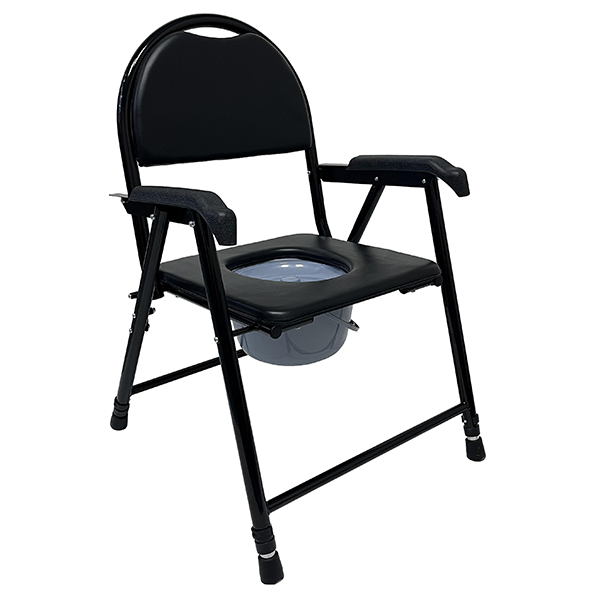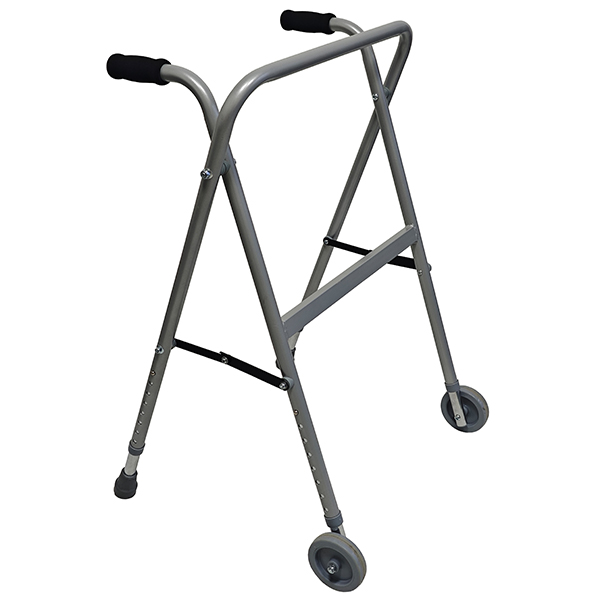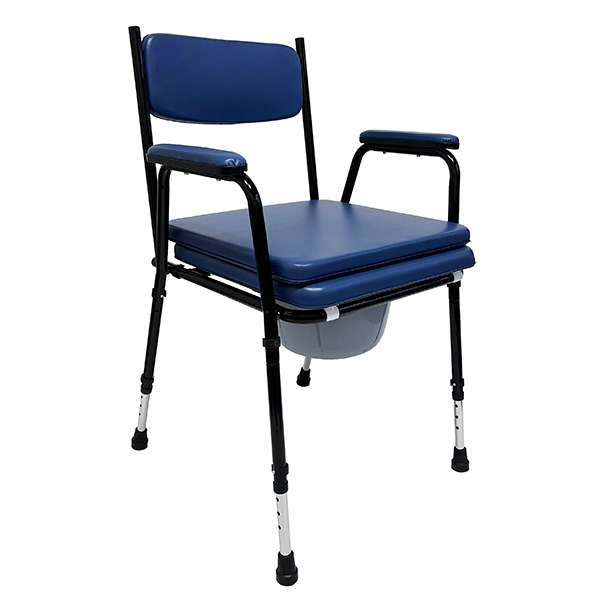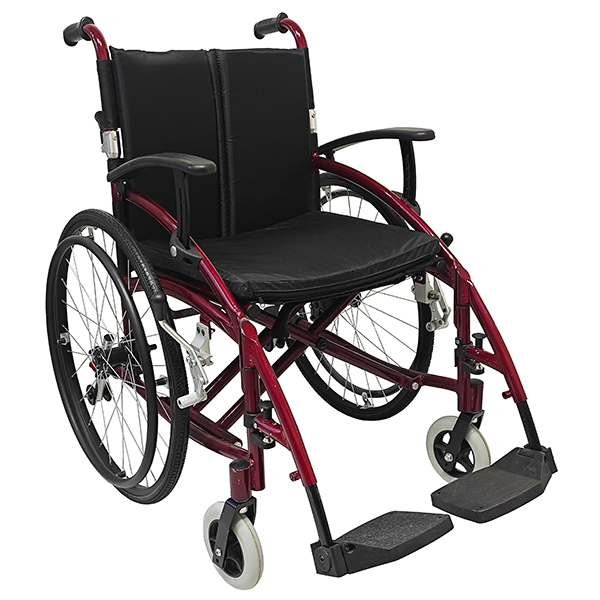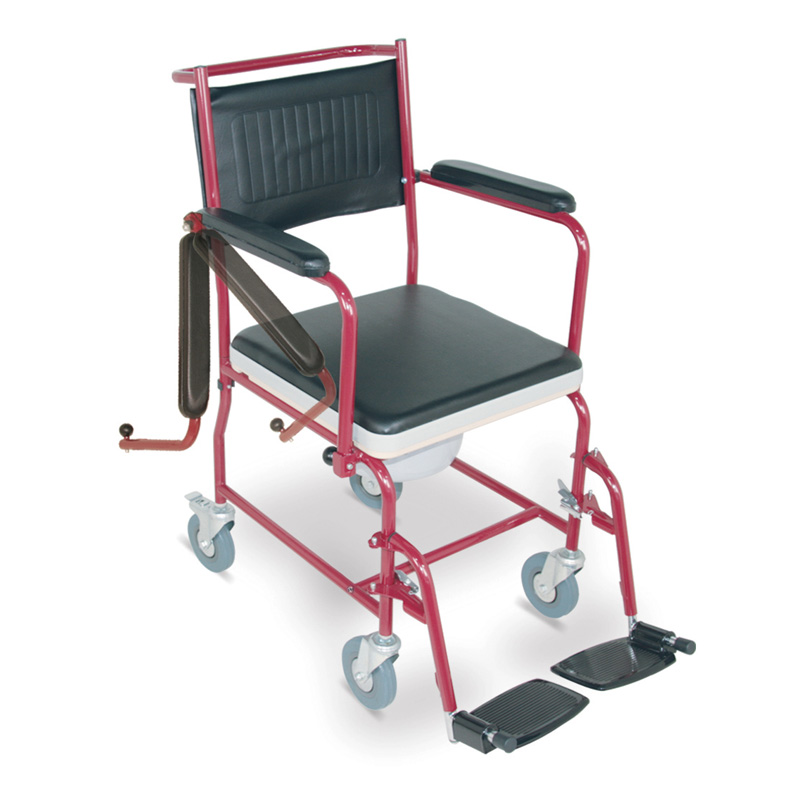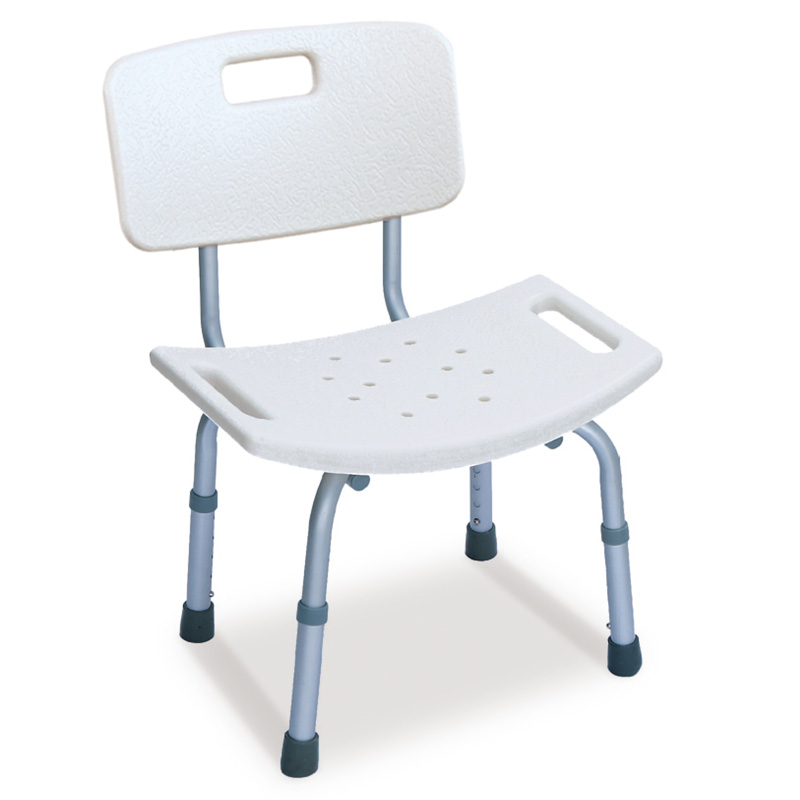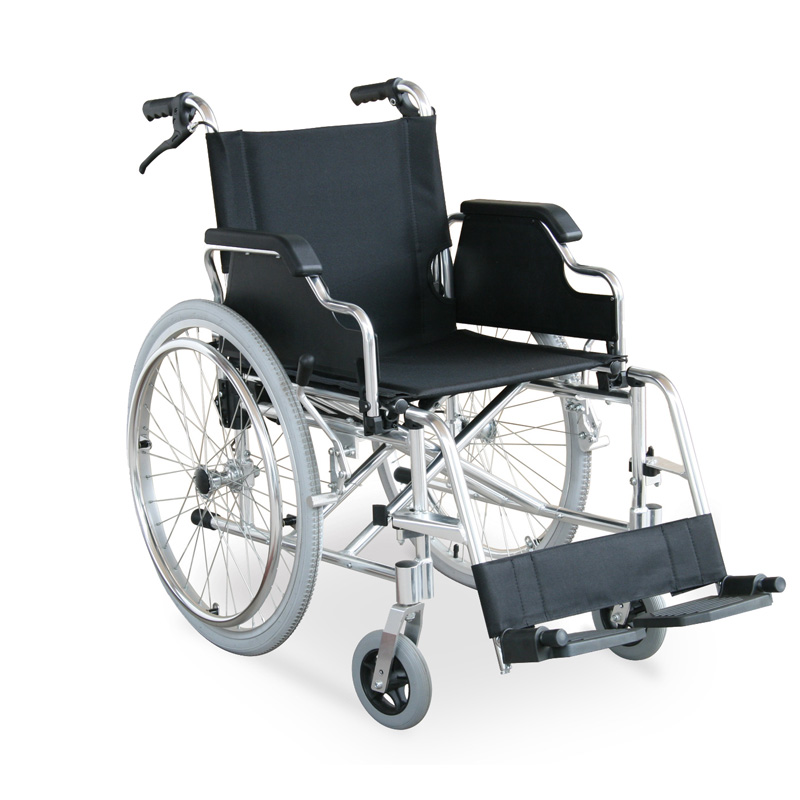Types of wheelchairs for people with cerebral palsy
2024-09-13 05:01
Cerebral palsy wheelchairs play a vital role in improving the quality of life for people with cerebral palsy. They provide independence, comfort and support, allowing users to participate in daily activities more easily.
Types of wheelchairs for people with cerebral palsy
1. Manual wheel chairs
Manual wheel chairs are the most basic mobility aids for people with cerebral palsy. They are pushed manually by the user or by a caregiver. These wheelchairs come in a variety of sizes and configurations to accommodate different body types and needs. However, manual wheel chairs may not be suitable for people with severe muscle weakness or limited upper body strength.

2. Cerebral palsy electric wheelchair
Electric wheel chairs, also known as powered wheel chairs, are motorized devices that provide greater independence to people with limited mobility. They are controlled by the user via a joystick or other input device, allowing them to easily navigate their environment. Electric wheel chairs for people with cerebral palsy often have customized features such as:
· Space tilt: This feature allows the seat to tilt, which reduces pressure and promotes better blood circulation.
· Tilt backrest: Tilt backrest can help maintain a comfortable posture and reduce the risk of pressure sores.
· Lift leg rest: Adjustable to various angles to provide comfort and support for the legs

Benefits of Wheelchairs for People with Cerebral Palsy
Improved Mobility: Wheelchairs provide people with cerebral palsy with a means of independent mobility, allowing them to easily move around their homes, schools, and communities. This increased mobility can lead to a better quality of life and greater participation in social activities.
Enhanced Comfort and Support: Cerebral palsy wheelchair are designed with the user's comfort and support in mind. Features such as tilt space, reclining backrests, and customizable seating systems can help patients maintain correct posture, reduce the risk of pressure sores, and provide overall comfort.
Improved Safety: Cerebral palsy wheelchairs are often equipped with safety features such as anti-tip wheels, seat belts, and advanced braking systems. These features help keep users safe in a variety of environments.
Considerations
Maintenance and Repair: Powered wheel chairs and manual wheel chairs require regular maintenance and may need repairs over time.
Training and Adaptation: Learning to operate a wheelchair may take time and practice. People with cerebral palsy and their caregivers may need training to ensure safe and effective use of a wheelchair.
Get the latest price? We will reply as soon as possible (within 12 hours)

